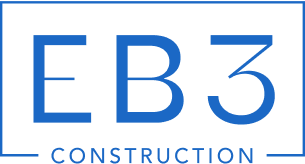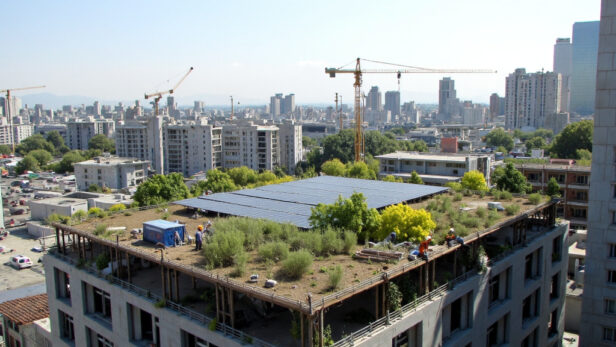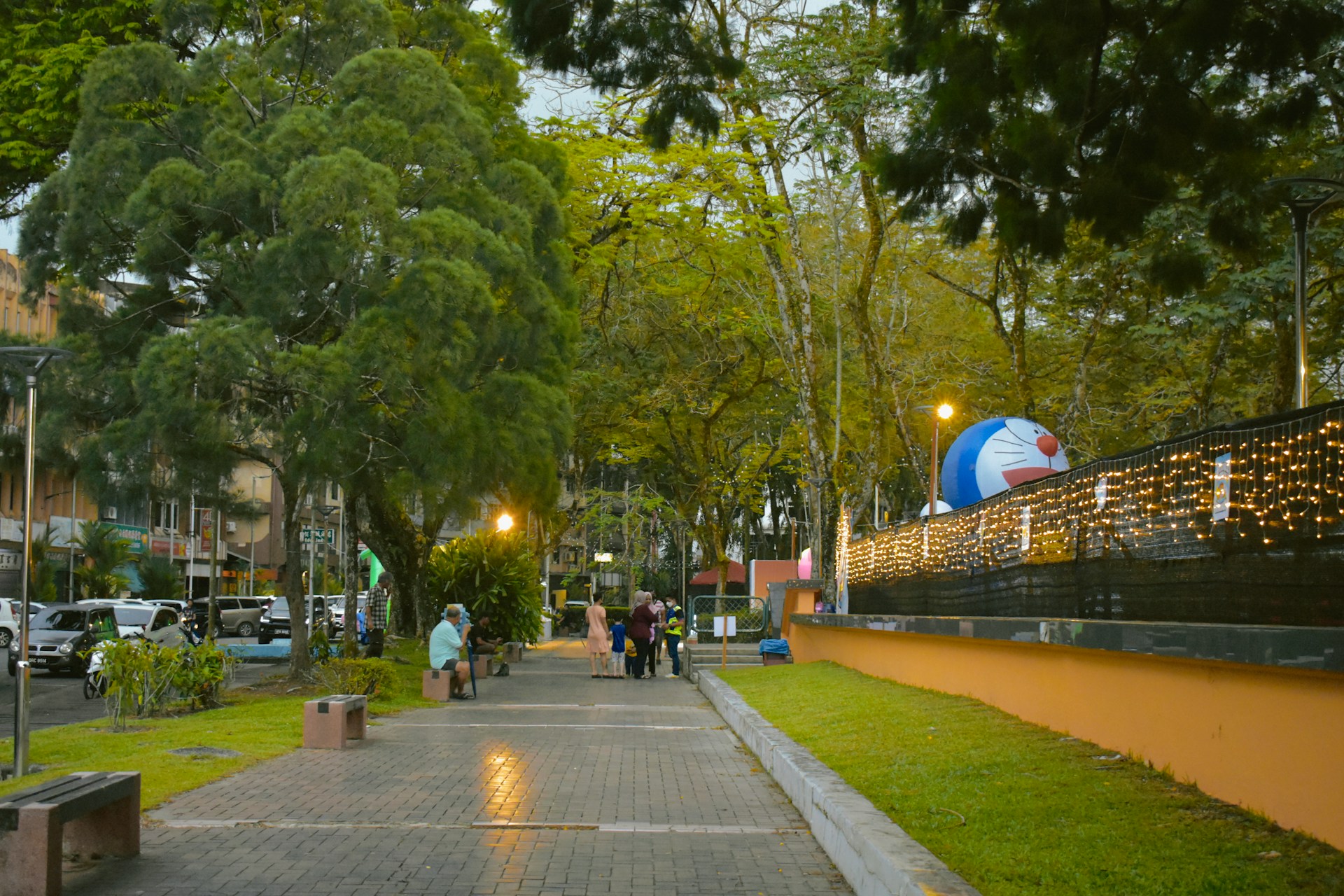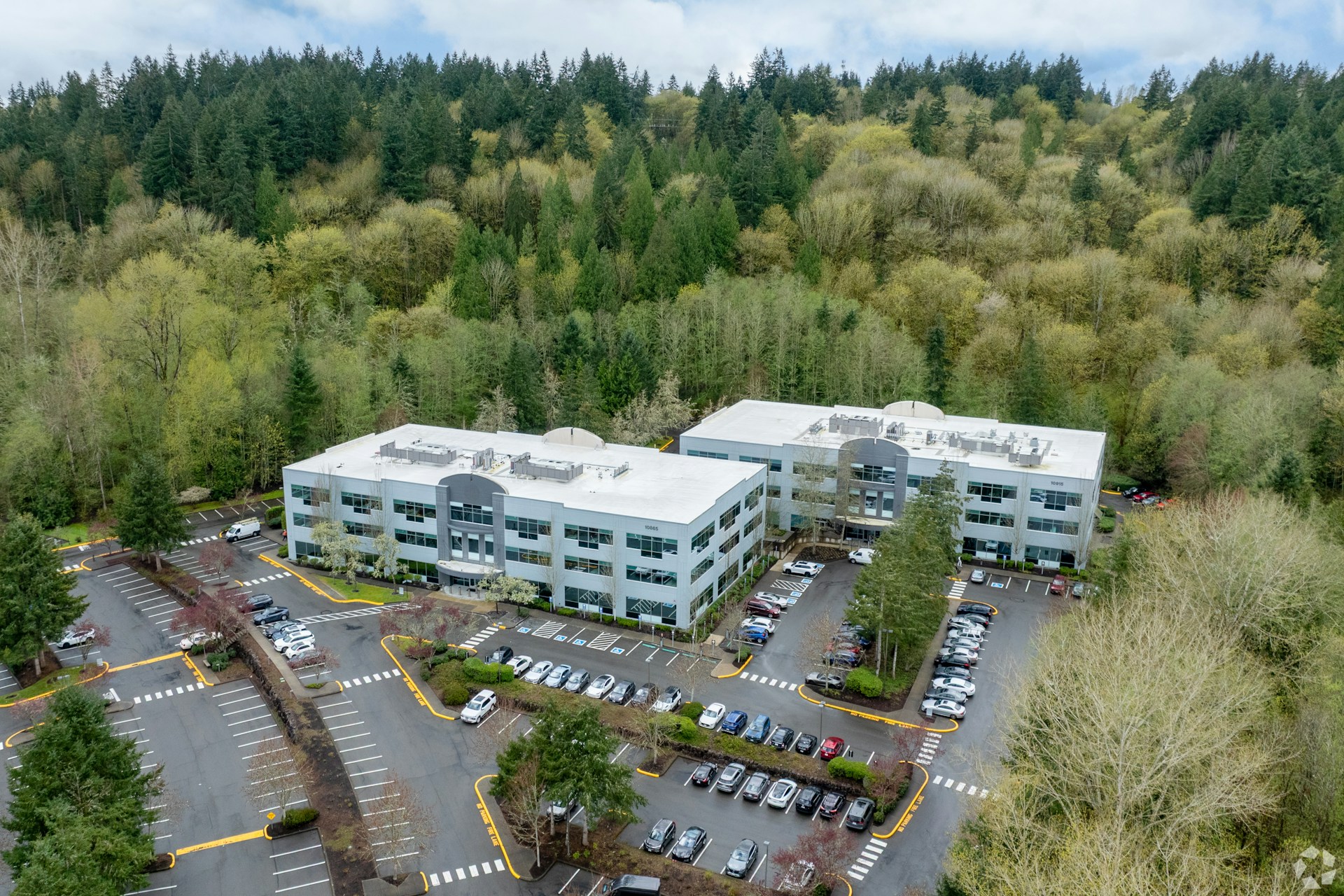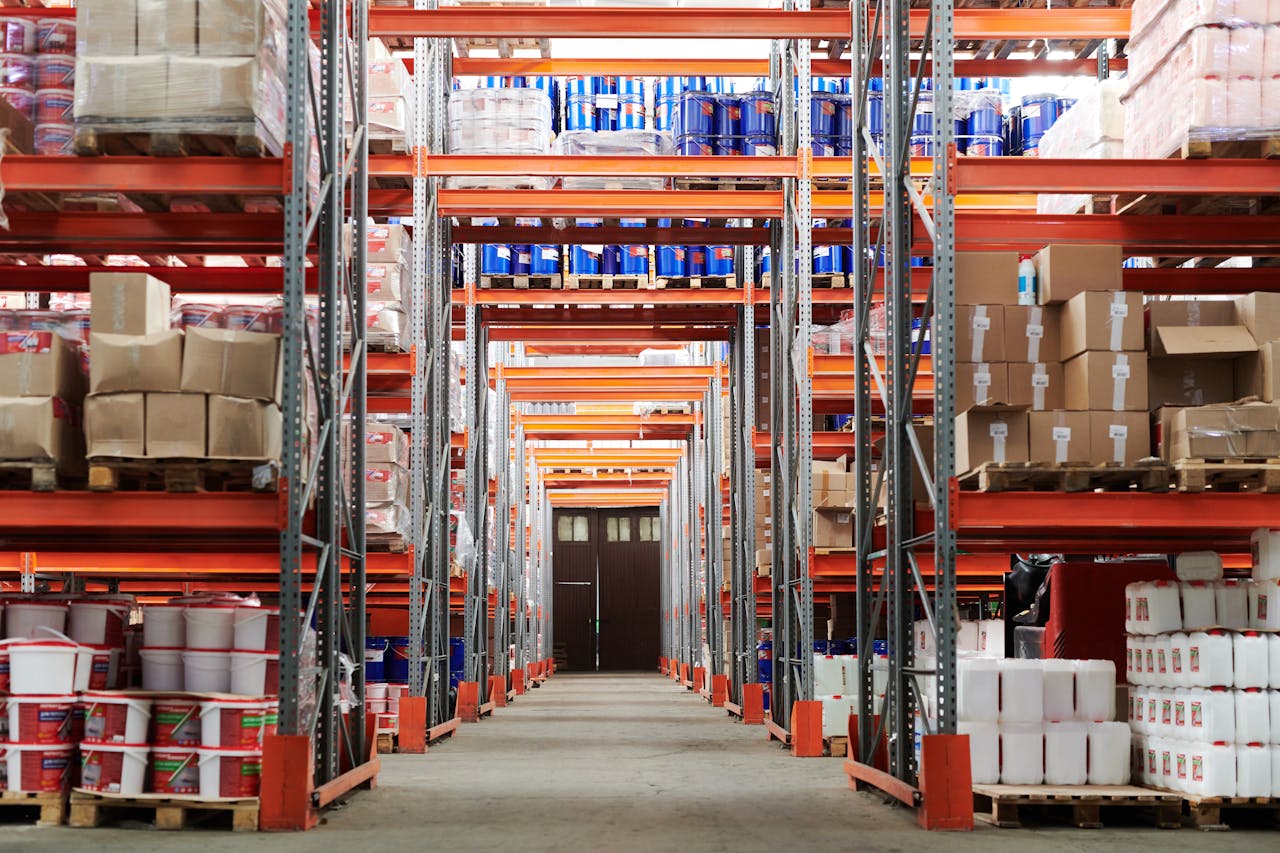The construction industry is at a critical crossroads. Traditional building methods have left a substantial environmental footprint, one that’s becoming increasingly difficult to ignore. Nearly 40% of global carbon emissions are linked to construction activities, with the industry consuming over 30% of the world’s finite natural resources.
These are not just abstract statistics; they represent real environmental challenges that demand practical solutions.
The EPA defines sustainable construction as the creation of structures using processes that are environmentally responsible and resource-efficient throughout a building’s entire lifecycle—from site selection and design to construction, operation, maintenance, renovation, and eventually, demolition. At EB3 Construction, we see this definition not as an idealistic concept but as a tangible framework guiding our approach to every project.
For developers and property owners, the shift toward sustainable construction is not only about environmental stewardship—it is increasingly becoming an economic imperative. As material costs fluctuate and regulations tighten, sustainable building practices often translate to more resilient projects with greater long-term value. The initial planning may be more comprehensive, but the payoffs in efficiency, durability, and resource conservation create structures that perform better over their entire lifecycle.
Why Are Sustainable Construction Practices Important?
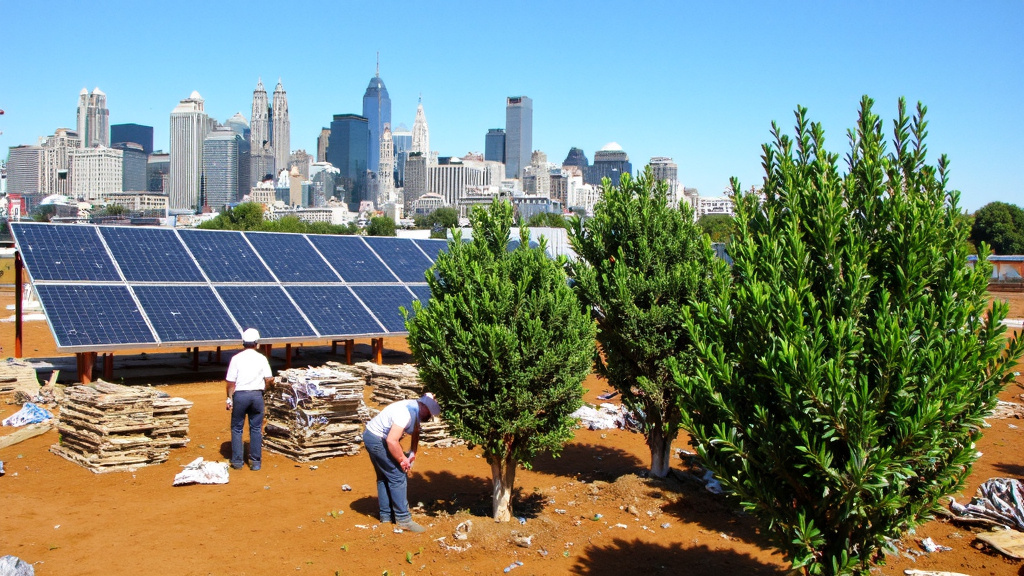
The construction industry is at a pivotal point in addressing climate change. As we construct the buildings that define our world, the environmental impact is significant—buildings and their construction processes account for about 60% of climate change issues. The figures are stark: our industry produces nearly a quarter of all air pollution, contributes to 40% of drinking water contamination, and generates half of all landfill waste nationwide.
The global expansion of construction is immense. Projections show an increase of 2.5 trillion square feet by 2060—equivalent to building one New York City every month for the next four decades. This growth, along with rising urbanization, means we must consider our environmental footprint in construction.
We understand that sustainability is not just an environmental necessity but also a smart business strategy. By adopting green building practices, we create structures with lower operational costs through reduced energy and water usage. These efficiencies benefit our clients financially, as sustainable buildings usually require less maintenance over their lifecycle.
The market increasingly values sustainable construction. Properties built with green principles often have higher valuations and better marketability than traditional buildings. Developers and property owners who invest in sustainable structures gain an advantage as tenants and buyers increasingly seek environmentally responsible spaces.
The regulatory landscape is changing swiftly. Building sustainably today helps our clients safeguard their investments against stricter environmental regulations. Instead of dealing with costly retrofits or penalties later, our proactive approach ensures properties meet or exceed compliance requirements as they arise.
Environmental and Economic Benefits
Sustainable construction practices offer extensive environmental benefits. Our careful material selection and waste management significantly reduce carbon emissions throughout the building lifecycle. We focus on resource conservation through water-efficient fixtures and systems that minimize consumption while maintaining performance.
The economic benefits of sustainable construction go beyond operational savings. Green buildings create healthier indoor environments that boost occupant productivity and reduce absenteeism—adding significant value to commercial properties. These buildings are also more resilient to extreme weather and climate changes, safeguarding our clients’ investments over time.
Incorporating renewable energy systems—from rooftop solar arrays to geothermal heat pumps—enables buildings to generate clean power on-site, decreasing reliance on grid electricity and offering protection against rising utility costs. These installations often qualify for government incentives and tax benefits, enhancing the financial return on sustainable investments.
For developers and property owners, adopting sustainable construction practices provides immediate and long-term benefits. Increased property values, reduced operating expenses, higher occupancy rates, and future regulatory compliance make a strong business case for green building approaches. By partnering with clients to implement these strategies, we create projects that not only reduce environmental impact but also maximize economic returns.
The shift to sustainable construction doesn’t require drastic changes. Through thoughtful planning, material selection, and construction management, we can significantly reduce environmental impacts while delivering high-quality buildings. Taking these steps today ensures we’re building not just for current needs, but for a sustainable future where buildings contribute positively to both environmental health and economic prosperity.
How Do Smart Technologies Enhance Sustainable Construction?
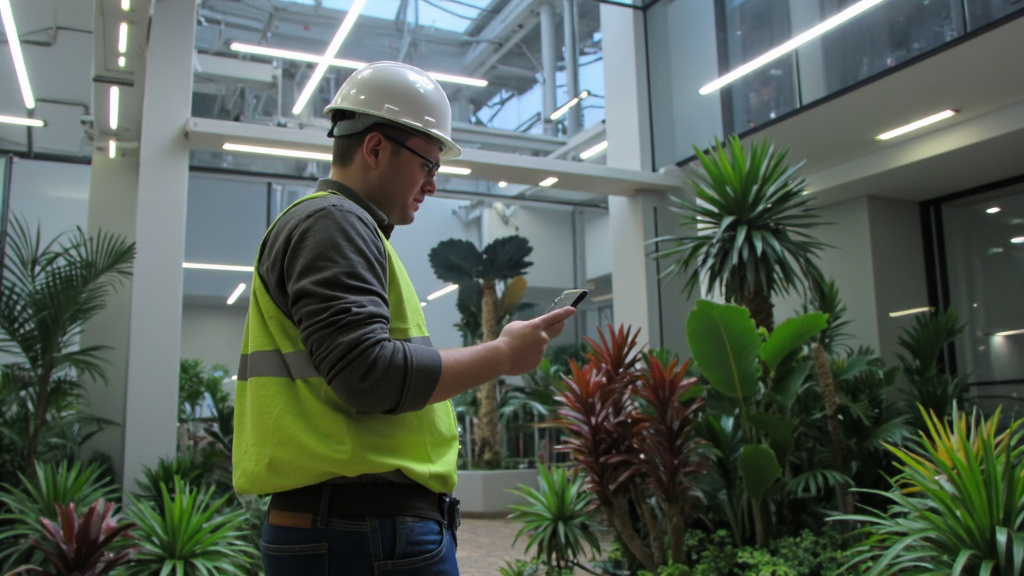
The intersection of smart technologies and construction has transformed how we approach sustainability in building projects. As General Contractors serving developers and property owners, we’ve witnessed firsthand how integrating digital tools transforms our ability to deliver environmentally responsible structures while maintaining cost efficiency and project timelines.
The Power of BIM and IoT Integration
Building Information Modeling (BIM) is the cornerstone of our sustainable construction approach. We utilize these detailed 3D models not just for visualization, but as comprehensive digital twins that inform every decision throughout the project lifecycle. When we integrate IoT devices with BIM, we create “cyber-physical systems” that replicate both static and dynamic building characteristics.
This integration allows our teams to monitor construction progress in real-time, track equipment performance, and instantly update BIM models to reflect actual site conditions. Following the 2023 updates to international guidelines in the ISO 19650 series, we structure our data management workflows to ensure information is scoped, planned, and processed efficiently from the earliest design phases through handover.
The practical impact? We’ve reduced material waste by precisely calculating requirements, decreased rework through clash detection, and optimized scheduling for both labor and equipment utilization. For property developers facing tight margins, these efficiencies translate to measurable cost savings while supporting sustainability goals.
Real-Time Monitoring and Resource Optimization
Smart connected sensors form the backbone of our approach to resource management on construction sites. These IoT devices track everything from energy consumption to fleet movement, providing actionable data that helps us make environmentally conscious decisions throughout the building process.
Our site managers use sensor-equipped machinery to optimize fuel consumption and reduce emissions—a significant consideration in an industry that traditionally contributes heavily to carbon footprints. Temperature sensors monitor concrete curing conditions, ensuring optimal quality while eliminating unnecessary energy use during this critical phase.
Water management is another crucial sustainability component where smart technology delivers measurable benefits. IoT-enabled water monitoring systems detect leaks instantly and optimize usage patterns, reducing waste of this increasingly precious resource. For clients with strict ESG requirements, these technologies provide verifiable data on sustainability metrics throughout construction.
| Smart Technology | Benefits |
|---|---|
| Building Information Modeling (BIM) | Reduces material waste, optimizes scheduling, improves project visualization |
| Internet of Things (IoT) | Tracks energy consumption, optimizes resource management, detects leaks |
| Smart Sensors | Monitors equipment performance, provides real-time construction data |
| Automated Systems | Enhances energy efficiency, reduces operational costs |
| Cloud-based Platforms | Improves collaboration and decision-making, centralizes data |
Energy Efficiency Through Automation
The integration of automated systems significantly enhances energy efficiency both during construction and throughout a building’s operational life. During site operations, we implement smart lighting and HVAC controls that adjust based on occupancy and environmental conditions, reducing unnecessary energy consumption.
When designing mechanical systems, we leverage BIM’s multi-dimensional capabilities to simulate performance under various conditions. This approach allows us to analyze energy usage patterns and optimize designs before installation begins. According to industry research, IoT-enabled projects can reduce overall energy costs by up to 29% compared to traditional construction methods.
For property owners concerned with long-term operational costs, we integrate smart meters and energy monitoring systems that provide granular data on consumption patterns. These systems enable facility managers to pinpoint inefficiencies and implement targeted improvements, ensuring the building maintains its sustainability profile throughout its lifecycle.
Enhanced Collaboration and Decision-Making
Perhaps the most transformative aspect of smart construction technologies is how they improve collaboration across traditionally siloed project teams. By creating a centralized digital repository of building data, we eliminate information gaps that typically lead to errors, rework, and resource waste.
Data-driven decision-making represents a fundamental shift from traditional construction practices. When evaluating material options, mechanical systems, or construction methodologies, we rely on quantitative analysis rather than assumptions. This approach leads to more sustainable outcomes through precise resource allocation and reduced environmental impact across all project phases.
What Are the Business Benefits of Sustainable Construction?
Sustainable construction has evolved from a niche approach to a strategic business imperative. At EB3 Construction, we see how green building practices deliver tangible financial benefits that extend beyond environmental stewardship, making the business case for sustainability more compelling than ever.
Cost Savings Through Resource Efficiency
Buildings designed with sustainability in mind consistently show significant operational cost reductions. Energy-efficient systems, smart lighting controls, and enhanced insulation can reduce utility bills by 25-40% compared to conventional structures. These savings significantly improve a property’s bottom line.
Water conservation measures, including low-flow fixtures and rainwater harvesting systems, further decrease operational expenses. We’ve implemented these features in numerous projects, helping property owners achieve noticeable reductions in their monthly utility costs while reducing environmental impact.
Maintenance requirements often decrease with sustainable buildings due to the durability and quality of eco-friendly materials. When we select materials engineered for longevity, owners experience fewer repair cycles and extended replacement intervals, creating additional long-term savings.
Enhanced Property Value and Marketability
Sustainable buildings typically command premium market positions. According to industry research, LEED-certified buildings can see value increases of up to 10% compared to conventional counterparts. We’ve witnessed firsthand how green certifications become powerful differentiators in competitive real estate markets.
Occupancy rates tend to be higher in sustainable buildings, with some studies showing they can achieve up to 8% higher rental rates. As tenant demand for healthier, more efficient spaces increases, properties with green credentials maintain their marketability even during market downturns. This resilience translates to more stable revenue streams for property owners.
The accelerated lease-up periods we observe with sustainable properties further enhance their return on investment. When buildings fill faster and maintain higher occupancy, the financial benefits compound over the property lifecycle.
| Aspect | Sustainable Construction | Traditional Construction |
|---|---|---|
| Initial Costs | Higher upfront costs, approximately 2% more | Lower upfront costs |
| Long-term Savings | 20% life cycle savings, reduced operational costs | Higher operational costs |
| Government Incentives | Available (tax rebates, grants) | Limited or none |
| Property Value | Up to 10% increase | No significant increase |
| Occupancy Rates | Higher, up to 8% more | Standard rates |
Financial Incentives and Regulatory Compliance
Government incentives significantly offset the upfront costs of sustainable construction. Tax rebates, grants, and expedited permitting processes are available at federal, state, and local levels. We navigate these programs for our clients, maximizing the financial support that makes sustainable choices more economically viable.
Regulatory compliance becomes more straightforward with advanced sustainable practices. As building codes and environmental regulations continue to evolve toward stricter efficiency standards, forward-thinking construction approaches position properties ahead of compliance curves. This proactive stance helps avoid costly retrofits and penalties down the road.
Low-interest financing options are increasingly available for sustainable projects. Many financial institutions now offer preferential rates for developments with green certifications, recognizing their reduced operational risk and stronger market position.
Competitive Market Advantages
Corporate Social Responsibility (CSR) requirements increasingly influence tenant decisions, particularly among larger organizations with public sustainability commitments. By delivering sustainable properties, we help owners meet the demands of these high-value tenants who must demonstrate environmental responsibility to their stakeholders.
The enhanced public perception that comes with sustainable development creates significant brand value. We’ve seen developers and property owners leverage their green credentials in marketing materials, earning media coverage and industry recognition that traditional projects rarely receive.
Investment appeal broadens with sustainable properties. As ESG (Environmental, Social, Governance) criteria become standard considerations for institutional investors, sustainable buildings attract a wider pool of potential buyers and financing sources. This expanded market interest can accelerate exits and increase competitive bidding when properties change hands.
The business benefits of sustainable construction extend far beyond simple cost savings—they represent a fundamental shift in how property value is created and maintained. By embracing these practices now, developers and property owners position themselves for competitive advantage in an increasingly sustainability-focused marketplace.
Conclusion: The Future of Sustainable Construction
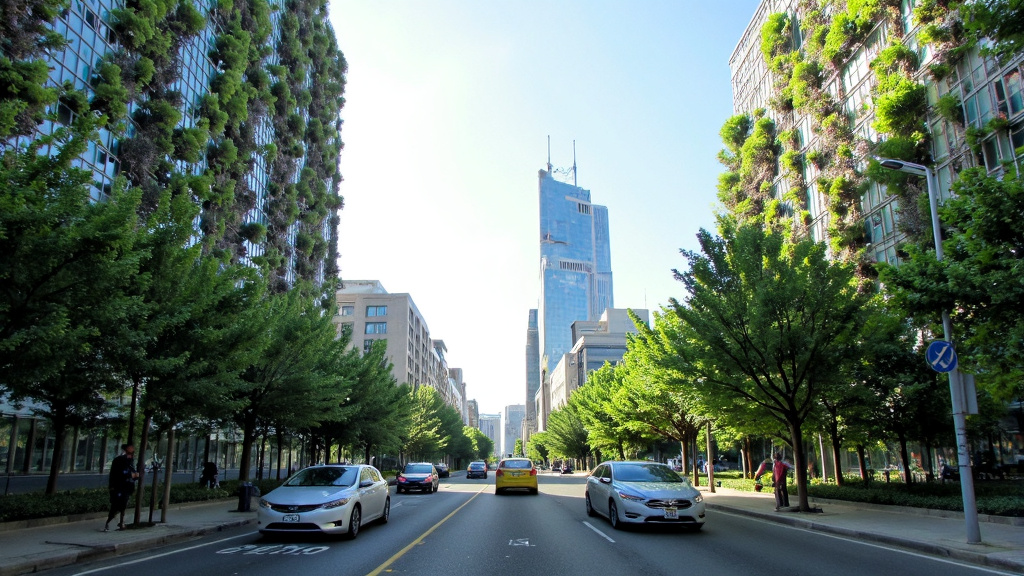
The construction industry stands at a crucial turning point. With buildings responsible for nearly 40% of global carbon emissions and consuming substantial natural resources, we at EB3 Construction understand that sustainable practices are not just environmental necessities—they are essential business strategies.
The transition to green construction represents a significant change in how we design, build, and manage structures throughout their lifecycle.
Looking forward, our industry must adopt innovative approaches like circular construction, advanced building materials, and digital solutions that enhance resource efficiency. The expanding market for sustainable construction—expected to reach $1.3 trillion by 2030—presents both immense opportunity and responsibility. By leading these changes now, we are not only preparing for stricter regulations but also meeting the evolving demands of developers and property owners who see that sustainability offers both environmental benefits and long-term economic value.
Ready to build a more sustainable future for your next development project? Contact EB3 Construction to explore how we can implement sustainable strategies that align with your vision.
